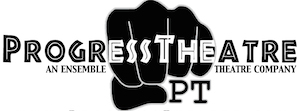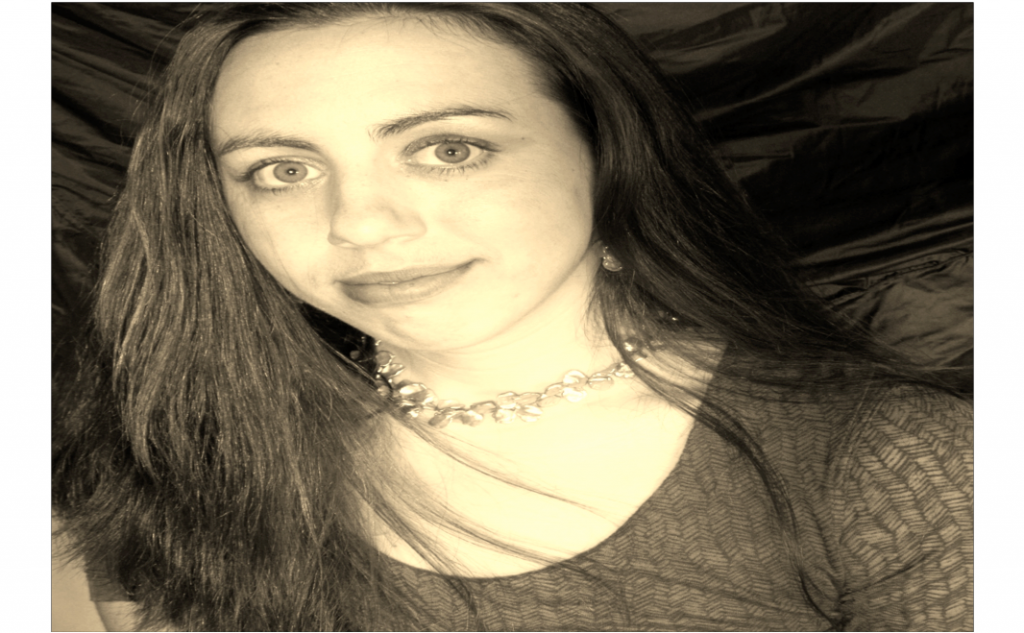Progress Theatre’s “Audience Blog” features responses to live PT performances written exclusively by show attendees we meet on tour.
How did you hear about PT? — I heard about PT and their work from professors Bob Leonard and Ann Kilkelly at Virginia Tech.
Which performance is your blog about? When and where did you see it? — The Burnin’ @ Imagining America (October 2014) in Atlanta, GA.
Was this your first time seeing a PT show? — No.
When/Where was your first show? — At Alternate Roots (August 2014)
When was the last time you made progress? — I recently had the opportunity to choose between hatred and love in my interactions with a difficult family member. I chose to listen, and I’m walking towards love and forgiveness as I grow.
Trauma Time: A Re-Seeing of Cultural Crisis in Progress Theater’s The Burnin’
HEADLINE: The Burnin’ might seem straightforward (a re-imagining of two historical fires, one in Natchez, MS in 1940, the second in Chicago, IL in 2003) but the fires only fuel the larger questions of the piece. How does a community deal with trauma and what do specific tragedies reveal about the greater crisis of our national consciousness?
The play begins with May Belle, a White debutante, trilling happily about her town, Antebellum, and its heritage and culture. The audience is reminded of the narrowness of May Belle’s perspective upon the entrance of the rest of the ensemble. Cast as re-enactors of the antebellum years for a town celebration, the four actors enter in procession, backs bent, cotton sacks at their hips, faces straining. May Belle blithely continues in her story; the faces behind her tell an entirely different narrative.
That initial image of the play still resonates with me. It introduces the multiplicity of perspectives around a single event, White and Black narratives, stories that run concurrently without intersecting. We learn about The Bend, a dip in the road that is full of history. The Whites ignore it, think it’s cursed, pretend it’s not there. The Black story is different: The Bend was where the last enslaved African was sold in Antebellum. The ground couldn’t contain the sorrow and buckled under the pain. The two communities deal with their physical geography in different ways, just as they engage with their environment differently. May Belle has been brought up on stories of the Old South; she looks backwards, knowing that the glory she’s imagined all her life is unattainable in the present. Ms. Honey knows that the difference between 1940 and slavery times is slight; She, Topper Jr., and May Bee, look forward, hoping for a future that’s better than the present they know.
The tragedy then, happens before anything starts to burn. In both the 1940s world of Antebellum and the more modern Sittay, characters that appear to follow traditional stereotypes struggle to survive in their distinct environments. In Sittay, we meet Crush, the man every woman wants, and we learn that he’s living in a war zone. Timer, who spent his prison sentence learning how to freeze time, to escape from the trauma of incarceration. We learn more about each character than what their pictures in the headlines tell us. And yet, the story isn’t about individual characters; the story is bigger than simple character development. As the play progresses, the audience begins to understand that the event of the play is not really the two literal fires but rather a bigger conflagration: what’s burning around us right now?
At the play’s end, Broadcast, a strident White clubgoer in Sittay, calls out to the audience and demands a response to the oppression. “If you ain’t free, that got something to do with me,” the ensemble sings. What burnings have we witnessed in just this past year? It’s easy to be shocked and grieved by physical tragedies, there’s an element of separation between those who are trapped inside a building and those of us watching on our television screens. But The Burnin’ doesn’t give us the opportunity to be voyeurs. Instead of watching Antebellum’s fire, we hear the story of Topper Jr.’s father, and the pride he had in his work and his son. Sittay’s fire pulls the audience in with it; it demands to know why we’re still on the sidelines.
I left the play reflecting on the narratives that we engage in now; the incredible disparity between a White population that refuses to acknowledge its privilege or is so crippled by guilt and fear that they refuse to approach a conversation about racism, oppression, or healing and a Black population that is rocking with outrage and pain over the recent (and historical) events of police violence in their communities. The Burnin’ reminds us that community crisis is never simple, never easily defined or contained, and defies quick solutions. However, the story of the play is one of defiant hope; in remembering our history it invites us to re-member our present. The Burnin’ asks us to listen to the voices and stories we’ve assiduously ignored so that together we can put out some flames.

